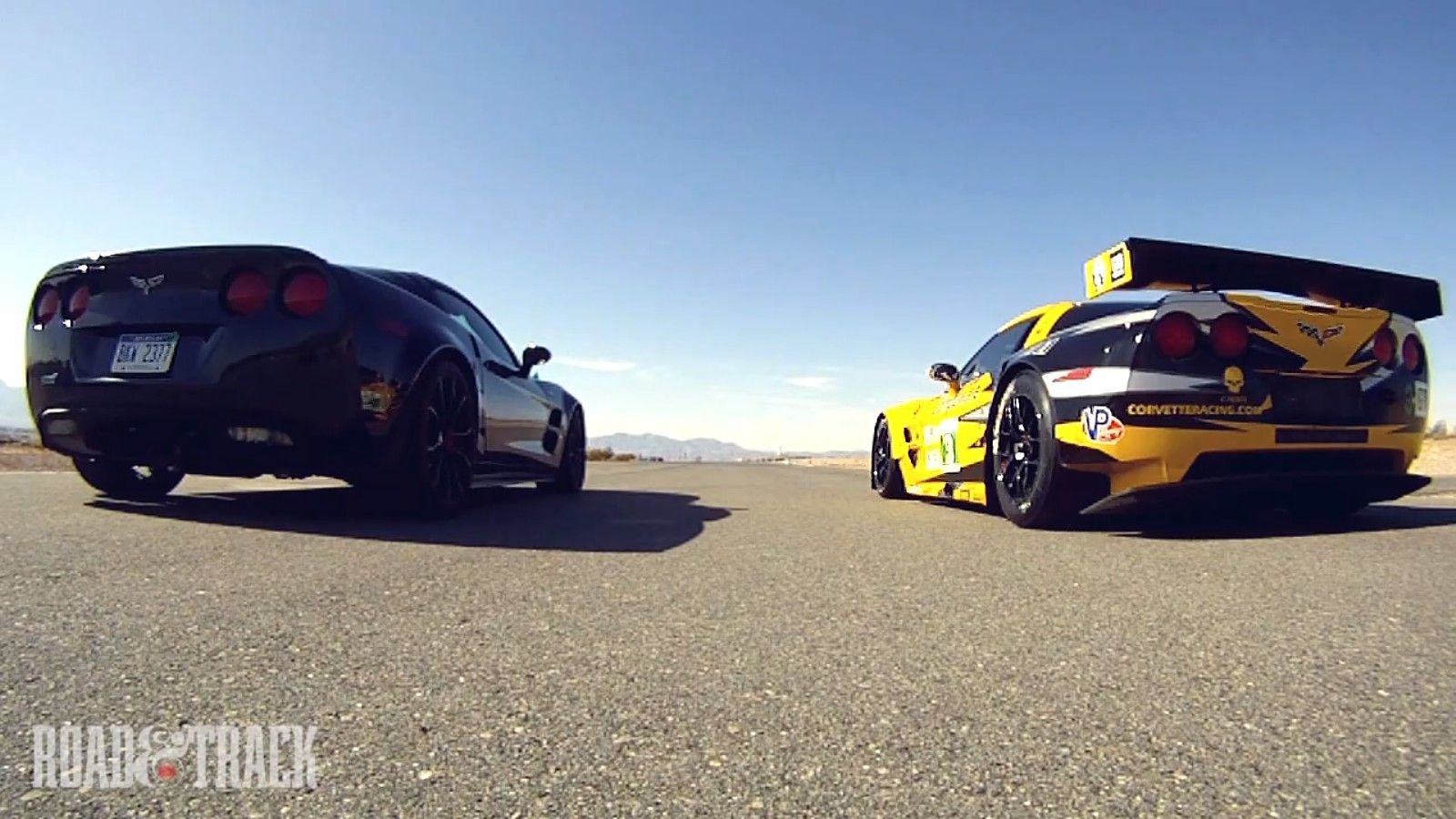Building a Top-Level Time Attack Car
Slideshow: Speed is down to a science in the World Time Attack Challenge. Here is what the champs do.












Flat Floor Aerodynamics
Wing design and front splitters are only part of the equation when it comes to aerodynamics in a top-level time attack machine. Underbodies are designed to be flat at a minimum, with top teams opting for trick tunnel designs just like open wheel formula cars. Many front splitters also extend far beyond the bodywork itself in the fastest machines. It’s all about getting more surface area to create big downforce.
Huge Horsepower
1,000 horsepower is not out of the ordinary these days in Time Attack with cars like the RP968 pushing over 1,500 HP at the crankshaft. This new standard of super-high horsepower engines—some made entirely from billet—has become necessary to even entertain placing in the top 5 at events like Sydney Motorsport Park. Combining smooth bodywork that cuts through the air while forcing the cars into the ground, these machines are capable of lap times that were unheard of just a few years ago.
>>Join the conversation about building a top-level time attack car right here in LS1tech.com.
Multi-Adjustable Shocks
Entry-level performance shocks you find on most coilovers will be rebound adjustable only. This is called a single adjustable shock. Unfortunately, these don’t cut it when you need to run ultra stiff springs to keep the underbody of a car level for aerodynamic purposes. This is where multi-way adjustable shocks come in and you will find very little expenses spared. A cheap set will run upwards of $3,000 and your car would have to be incredibly well-dialed to make full use of them.
>>Join the conversation about building a top-level time attack car right here in LS1tech.com.
Weight and Packaging
All racers from amateur to pro understand the importance of weight saving when it comes to performance. Time Attack competitors take this to the next level with expensive aluminum alloys, but the real difference at the top lies in how they package that weight. It’s all about centralizing mass to help a car rotate better in the twisty bits. Great lengths are taken to make sure engines can be packaged low and close to the center of the machine.
image courtesy of hdwallpapers.com
>>Join the conversation about building a top-level time attack car right here in LS1tech.com.
Use Camber Curves Effectively
Due to tire restraints, all cars must run the same size tire and compound in time attack competition. The teams can’t rely on running a bigger tire to create mechanical grip. Instead, they have to understand how a tire moves through its arc of travel and how to keep it in touch with the road. This is arguably the largest gain the average person can take away from this sport. By getting your tires and suspension to move freely, you can find seconds at the track without spending big bucks on a built motor.
>>Join the conversation about building a top-level time attack car right here in LS1tech.com.
Lessons and Take Aways
Top level Time Attack cars all share the fundamental principles of vehicle design that enable a racing car to go fast. They put a larger emphasis on aerodynamics which means their cars must have massive horsepower to overcome the drag they produce. While many of us might not have the big budget that MCA or other teams do, we can still copy their recipe for success in order to get faster.
>>Join the conversation about building a top-level time attack car right here in LS1tech.com.
For help with your maintenance and repair projects, please visit our How-to section in the forum.
